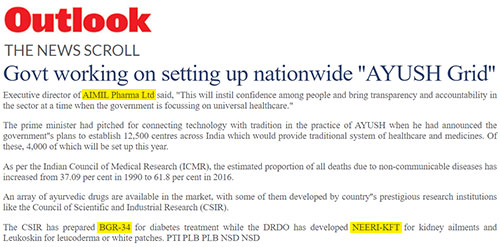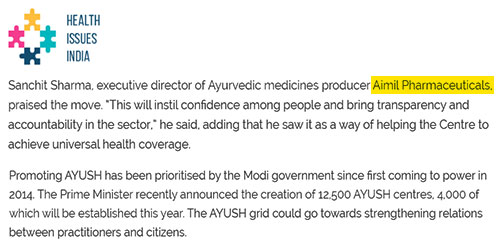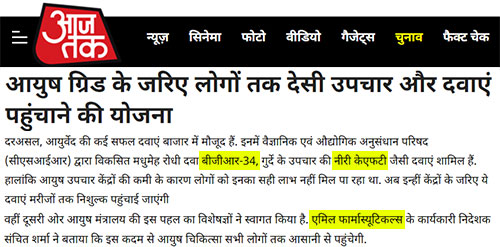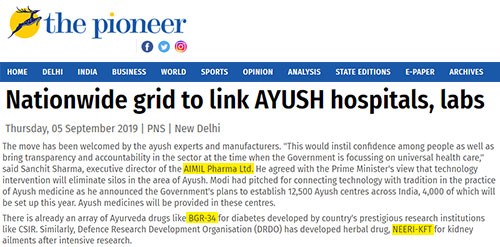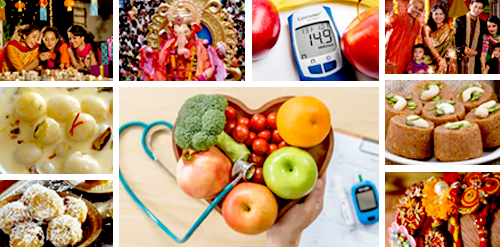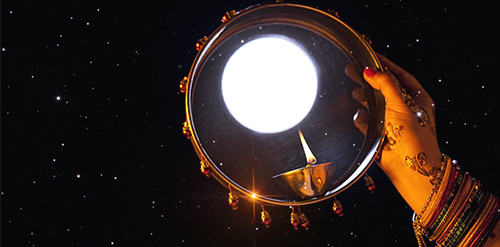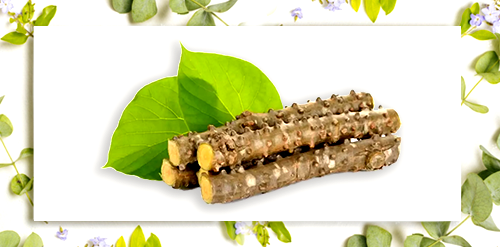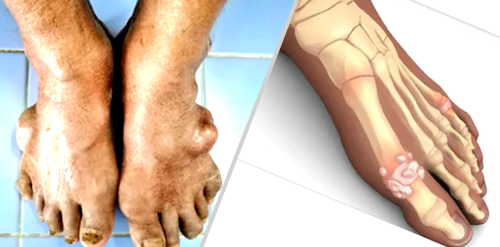“A National herb of India”
Guduchi, also commonly known as “Amrita” or “Giloy”, is one of the most highly valued and common herbs in Ayurvedic medicine. It has a rich history in the Indian sub-continent where it has been used for thousands of years. The Sanskrit and Hindi name Amrita is derived from ancient Hindu scriptures where Amrita was used to bring the dead back to life and keep gods from growing ill and old. It is also referred to as “nectar of immortality”. Various properties of Guduchi described in ancient texts of Ayurveda, like Rasayana, Sangrahi, Balya, Agnideepana, Tridoshshamaka, Dahnashaka, Mehnashaka, Kasa-swasahara, Pandunashaka, Kamla-Kushta-Vataraktanashaka, Jwarhara, Krimihara, Prameha, Arshnashaka, Kricch-Hridroganashak, etc., are acquiring scientific validity through modern research adopting "reverse pharmacological" approach. Potential medicinal properties reported by scientific research include anti-diabetic, antipyretic, antispasmodic, anti-inflammatory, anti-arthritic, antioxidant, anti-allergic, anti-stress, anti-leprotic, antimalarial, anti-aging, hepato-protective, immuno-modulatory and anti-neoplastic activities. Guduchi is considered one of the best Rasayana and is unusual in its potent versatility. Rasayana meant for preventing the effect of aging and to improve memory, intelligence, complexion, sensory and motor functions, immunity, free radical scavenging, adaptogenic or antistress and nutritive effect. Guduchi, has been described as “one which protects the body”. Guduchi is well known Indian bitter and prescribed in fevers, diabetes, dyspepsia, jaundice, urinary problems, skin diseases, and chronic diarrhea and dysentery. It has also been indicated in the treatment of heart diseases, leprosy, helmenthiasis, and rheumatoid arthritis.
The major chemical constituents include the alkaloids berberine, tinospporin, palmitine, tembetarine, choline, isocolumbin, and tetrahydropalmatine; the steroids sitosterol, octacosanol, heptacosanol, nonacosan-15-one, hydroxyecdysone, makisterone, giloinsterol, diterpenoid lactones, furanolactones, tinosporon, and columbin; and the glycosides 18-nonderodane glycoside, furanoid diterpene glycosides, tinocordifoliside, tinocordiside, cordiside, cordifoliside, plamatosides, and syringing have been isolated from Guduchi. These active constituents alone or in combination are responsible for various pharmacological activities like anti-inflammatory, anti-oxidant, anti-spasmodic, anti-allergic, anti-HIV, anticancer and immunomodulatory. Recently, considering its virtues of medicinal utility, Govt. of India, “honored Guduchi and declared it as a Rashtriya aushadhi (National herb) of India”.
It is interestingly mentioned in ancient literature such as Rigveda, and Atharvaveda, that the Guduchi that grows on neem (Azadirachta indica A. Juss.) tree has better potential and gives better immunomodulatory activity, and preferentially used in the treatment of certain diseases, presumably due to close vicinity to Neem. Further, Herbalist Sebastian Pole also wrote that “those growing up neem trees are said to be the best synergy between these two bitter plants enhances guduchi’s efficacy.” The starch obtained from the stem known as “Guduchi-satva” is highly nutritive and digestive and used in many diseases. It is a traditional belief that Guduchi satva obtained from the Guduchi plant growing on neem tree is bitterer and more efficacious and is said to incorporate the medicinal values of neem.
For scientific validation of the above belief quantitative estimation of the concentration of various active compounds is important for determining the effectiveness of the medicinal plants in treating various diseases and in understanding their pharmacological action. Therefore, a comparative study was carried out between the Guduchi , not on neem tree, and the Guduchi found on neem tree, in terms of active compounds, and immunomodulatory effect. The result of the study indicated that neem guduchi have comparatively highest immunomodulatory activity at dose 300 mg/kg than non neem Guduchi. It may be due to cell-mediated and humoral antibody-mediated activation of T and B cells. The study also found that one additional unknown secondary metabolite was present in neem guduchi (Rf 0.80) in comparison to non neem Guduchi. However, the author suggests that based on obtained results, it cannot yet be conclusively said that an additional peak in neem Guduchi is responsible for its optimum ratio of the various constituents which makes it superior over the other. Further, recently (2018), another study was conducted to evaluate the comparative immunomodulatory activity using satva of Non Neem and neem guduchi using in-vitro models, for understanding the influence of edaphic factors on biologically active compounds. Results of the study suggested that neem guduchi satva was found to be potent immuno-stimulant in a dose-dependent manner when compared with other groups. Therefore, the above-cited studies support the claims of ancient Ayurvedic literature. This action could be attributed to the exchange of bioactive constituents from Neem to Guduchi.



